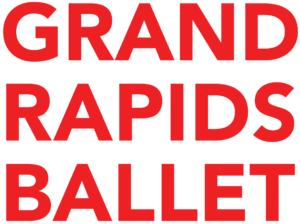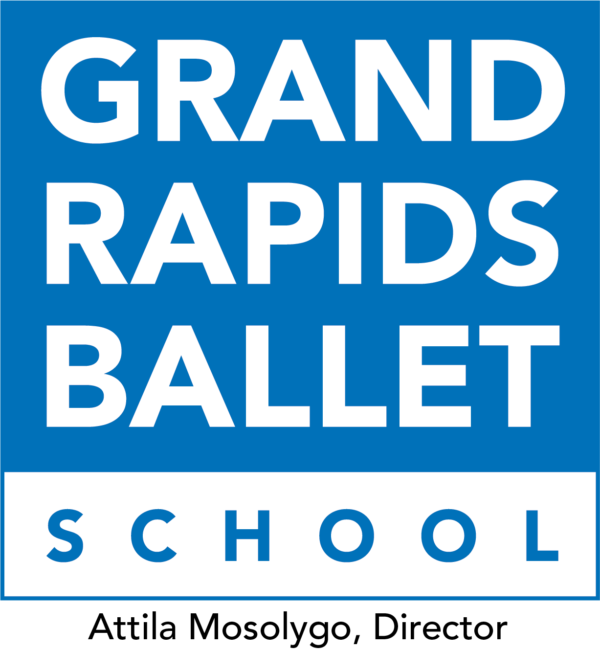BALLET TERMS
Adagio (u da zhe-o) – is a succession of slow, soft, lyrical, and continuous movements. Adagio creates the illusion that the positions flow from one into another.
Allegro (a leg grow) – allegro in ballet involves fast and dynamic movements, usually jumping steps and sequences.
Arabesque (Ah rah besk) – a position on one leg with the other leg raised behind the body and extended in a straight line.
Assemblé (assam blay) – Lifting off the floor on one leg, and landing on two. Legs assemble at the same time and return to fifth position.
Attitude (ah tea tude) – A variation on the arabesque. The extended leg is raised behind the body but bent at the knee at an angle of 90 degrees.
Ballerina – a female dancer in a ballet company.
Ballet Master or Ballet Mistress – a person in a ballet company whose job is to give the daily company class and to rehearse the ballets in the company repertoire.
Balletomane (bal lay toe mane) – A ballet fan or enthusiast.
Barre – a horizontal bar (usually made of wood) along a studio wall for class exercises. Every ballet class begins with barre exercises.
Centre Practice – a group of exercises similar to those at the barre but performed in the center of the room. These exercises are done without the support of the barre and are normally performed with alternate feet.
Choreographer – a person who composes or invents ballets or dances.
Choreography – describes the steps, combinations, and patterns of a ballet or dance.
Classical Ballet – a traditional style of ballet which stresses the academic technique developed through the centuries of the existence of ballet.
Croisé (quo say) – A dancer stands with legs crossed at an angle to the audience. The disengaged leg may be crossed in the front or in the back.
Danseur – a male dancer in a ballet company.
Fifth Position – Fifth position should form two parallel lines with your feet. The heel of the front food should be in contact with the big toe of the other and the heel of the back foot should be in contact with the last toe of the front foot.
First Position – Heels together and toes going outward.
Fourth Position – There are two types of fourth position: open and closed. In both cases, one foot is placed approximately 12 inches in front of the other. In open fourth position, the heels are aligned. In closed fourth position, the heel of the front foot is aligned with the toe of the back foot.
Grande Jeté (grand jeh tay) – a big jump from one foot to the other in which the working leg is brushed into the air and appears to have been thrown.
Modern Ballet – a type of ballet from the twentieth century. To this day, modern ballet looks to re-invent itself and reach out in an ever-increasing facet of creation and movement.
Pas de Deux – a dance for two.
Pirouette (peer o wet) – a rotation or spin – a complete turn of the body on one foot, on point or demi-pointe (half- pointe).
Plié (plee ay) – means bent, bending – of the knee or knees.
Pointe Shoes – The satin ballet shoes used by dancers when dancing on their pointes (toes). Pointe shoes are reinforced with a box constructed of numerous layers of strong glue in between layers of material. Pointe shoes are not made of cement or wood.
Répétiteur – an accompanists, tutor, or coach of ballet dancers.
Second Position – The feet point in opposite directions with heels spaced approximately 12 inches apart.
Third Position – One foot is placed in fronot of the other so the heel of the front foot is near the arch.
Tour en l’air (tour on lair) – a turn in the air – usually a male dancer’s step, although ballerinas may do them to depending on the choreography.
Turn-out – The dancer turns his or her feet and legs out from the hip joints to a 90-degree position.
Tutu – the short classical ballet skirt made of many layers of net. A romantic tutu is a long net skirt reaching below the calf.



